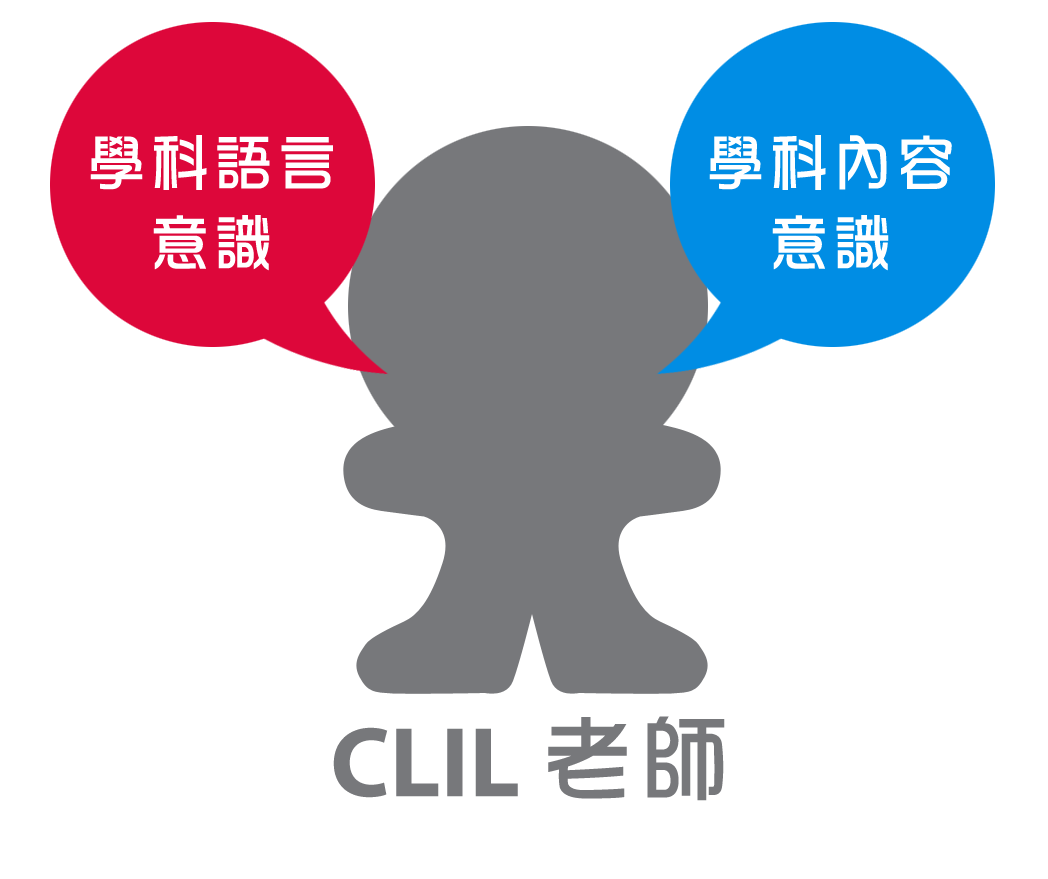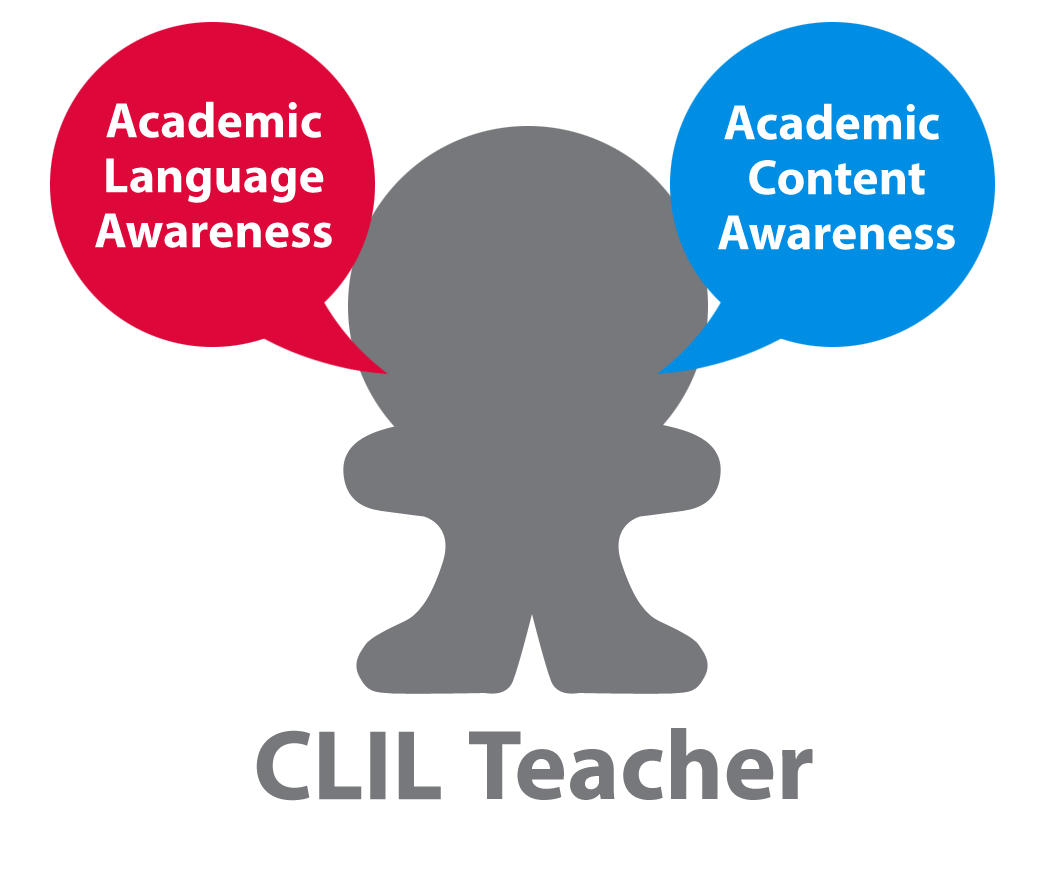融入學科內容的語文學習 (CLIL)
融入學科內容的語文學習(CLIL)是什麼? 「融入學科內容的語文學習(Content and Language Integrated Learning (CLIL)) 是一種運用外語作為學習工具,學習非語文學科的方法。當中,語文及學科扮演著合作的角色」 (Coyle et al.,2010)。 此方法的要點是在同一課堂內,結合學科內容和語文內容的學習,令學生在學習學科內容的同時,提升語言意識,最終增強學生和老師雙方的語文能力 (Hoare et al.,1997)。 推行CLIL的好處和先決條件 CLIL 若能在校內成功推行,可為學生提供大量接觸和運用英語的機會。在學科相關的情境中應用英語,亦能讓學生更有動機地學習。老師可透過明確的教學和指導,加強學生的學術語文技巧。根據CLIL 的理念,要達到此目的,學科老師必須具備語言意識;同時,語文老師也要具備學科內容意識。這樣,以內容主導的 CLIL學科老師,便能在課堂上為學生提供語文支援,而以語文主導的CLIL語文老師,也可在語文課內,幫助學生改善學習學科內容的學術語文技巧,相得益彰。因此,CLIL 要求學科老師和語文老師緊密及有效地合作(Lin & Cheung,2016)。
 (圖像由教學中心提供, 2017)
(圖像由教學中心提供, 2017)
Lin, A. M. (2016). Language across the curriculum & CLIL in English as an additional language (EAL) contexts: Theory and practice. New York, NY: Springer.
Lin, A. & Cheung, T. (2016). Implementing content and language integrated learning at local educational institutions [PowerPoint slides]. Seminar presented at Vocational Training Council, Hong Kong, November 25, 2016
[PowerPoint Slide Attached] 參考文獻:Coyle, D., Hood, P. & Marsh, D. (2010). CLIL: Content and Language Integrated Learning. Cambridge: Cambridge University Press.
Cummins, J. (2013). The entry and exit fallacy in bilingual education. NABE Journal, 4(3), 25-59.
Hoare, P., Kong, S., & Evans, M. (1997). Co-ordinating language across the curriculum: A handbook for English medium schools. Hong Kong: Hong Kong Institute of Education.
Lin, A. & Cheung, T. (2016). Implementing content and language integrated learning at local educational institutions [PowerPoint slides]. Seminar presented at Vocational Training Council, Hong Kong, November 25, 2
Content and Language Integrated Learning (CLIL)
What is CLIL? "Content and Language Integrated Learning (CLIL) is an approach that a foreign language is used as a tool in the learning of a non-language subject in which both the language and the subject have a joint role" (Coyle et al., 2010). Extra emphasis is put on the integration of both content learning and language learning during the same lesson. This can raise students’ language awareness in mediating content and eventually enhance the language proficiency of both students and teachers (Hoare et al., 1997). Benefits and Conditions of CLIL Implementation Successful CLIL implementation in school can provide students with ample opportunities to use English by increasing their exposure to English. They will also be given motivating contexts of their own disciplines to use English. Students’ academic language skills will be enhanced by teachers providing explicit instructions and guidance. To achieve this, CLIL requires content teachers to become language-aware, and language teachers to become content-aware. In this way, content-led CLIL teachers can provide language support to students in content lessons, while language-led CLIL teachers can help students improve their academic language skills for content learning. CLIL requires the close, effective collaboration of content and language teachers (Lin & Cheung, 2016).
 (Image courtesy of CLT, 2017)
(Image courtesy of CLT, 2017)
Lin, A. M. (2016). Language across the curriculum & CLIL in English as an additional language (EAL) contexts: Theory and practice. New York, NY: Springer.
Lin, A. & Cheung, T. (2016). Implementing content and language integrated learning at local educational institutions [PowerPoint slides]. Seminar presented at Vocational Training Council, Hong Kong, November 25, 2016
[PowerPoint Slide Attached] References:Coyle, D., Hood, P. & Marsh, D. (2010). CLIL: Content and Language Integrated Learning. Cambridge: Cambridge University Press.
Cummins, J. (2013). The entry and exit fallacy in bilingual education. NABE Journal, 4(3), 25-59.
Hoare, P., Kong, S., & Evans, M. (1997). Co-ordinating language across the curriculum: A handbook for English medium schools. Hong Kong: Hong Kong Institute of Education.
Lin, A. & Cheung, T. (2016). Implementing content and language integrated learning at local educational institutions [PowerPoint slides]. Seminar presented at Vocational Training Council, Hong Kong, November 25, 2016
